Pathways to Resilience
Helping communities bounce forward using disaster as a catalyst for transformation
On Sunday June 3rd, 2018 our organization was rocked to its core. The devastating eruption of the Fuego Volcano directly impacted SERES in more ways than one. The communities in Zone 0 make up one of our key geographic focus areas and we hold 25 acres of land on the edge of the impact zone. Our community: friends, worker's families, youth and community leaders have all been deeply impacted by this tragedy. The official death toll is exaggeratedly low and we are still waiting (more than 4 months on) for a forensic investigation to start the process of genetic identification for those trapped under the explosion. Five of the 108 youth and community leaders with whom we worked have passed away, with 12 still missing. In the aftermath of this heartbreak SERES, like the entire community around the volcano and further afield, must reflect on what has happened and what comes next. The Fuego Volcano disaster was as much a socio-political disaster as a natural disaster: the interface between an extreme physical phenomenon and a human population, magnified by the vulnerability of that population. In the chaotic and bureaucratic aftermath, the deep injustices of marginalization and poverty have been only too apparent. Survivors have been living in temporary shelters for over 3 months – afraid, destitute and with little idea of what their future holds. The state’s inability to respond rapidly with effective assistance and intervention has also meant that survivors are almost entirely dependent on the charity and goodwill of aid workers, institutions and the general public.
For those that have lost everything, now stripped of self-determination and self-sufficiency, with very little voice or vote in determining their own future, this is a very disempowering process.
Resilience to catastrophic change such as this is often written about as the ability to “bounce back” to the same state. But in a country with such deep-seated inequalities and social issues as Guatemala, bouncing back to the status quo is both unrealistic and unacceptable. Things can never be the same again for the families whose lives were destroyed, and the critical failures which contributed to the still-rising death toll demonstrate the obligation to do more than simply “bounce back”.Yet experience shows that an alternative narrative is not only possibly, but also highly compelling. Well-known disaster author Rebecca Solnit describes these times as key for discovering “the constellations of solidarity, altruism, and improvisation” that lie within each of us. She describes disasters as a lot like revolution in that they “facilitate new roles and an unnerving or exhilarating sense that now anything is possible”, encouraging us to think about how we may capitalize on these moments as unique opportunities for transformation.
As witness to the inequitable impact of disaster on poor and marginalized populations, SERES’ commitment to building this alternative, forward-thinking narrative is stronger than ever.
Pathways to Resilience is the first step in building this new narrative. Pathways to Resilience will support young survivors of the Volcano disaster to create resilience, lead healthy, productive lives and build resilient, sustainable communities, engaging and empowering youth from the impacted area to play a key role in designing and implementing community projects for the refugee camps as well as their new homes. Through youth leadership and community engagement, SERES will support our communities to rebuild in a manner which transcends bouncing back, bouncing forward instead into a future that is stronger, fairer and more resilient. This work ties in closely to our Community Centers, which focus on proactively preparing vulnerable communities to withstand these types of disasters. Together with our young leaders and Ambassadors, we are working tirelessly to make things better, and ensure that never again will it be this way.



